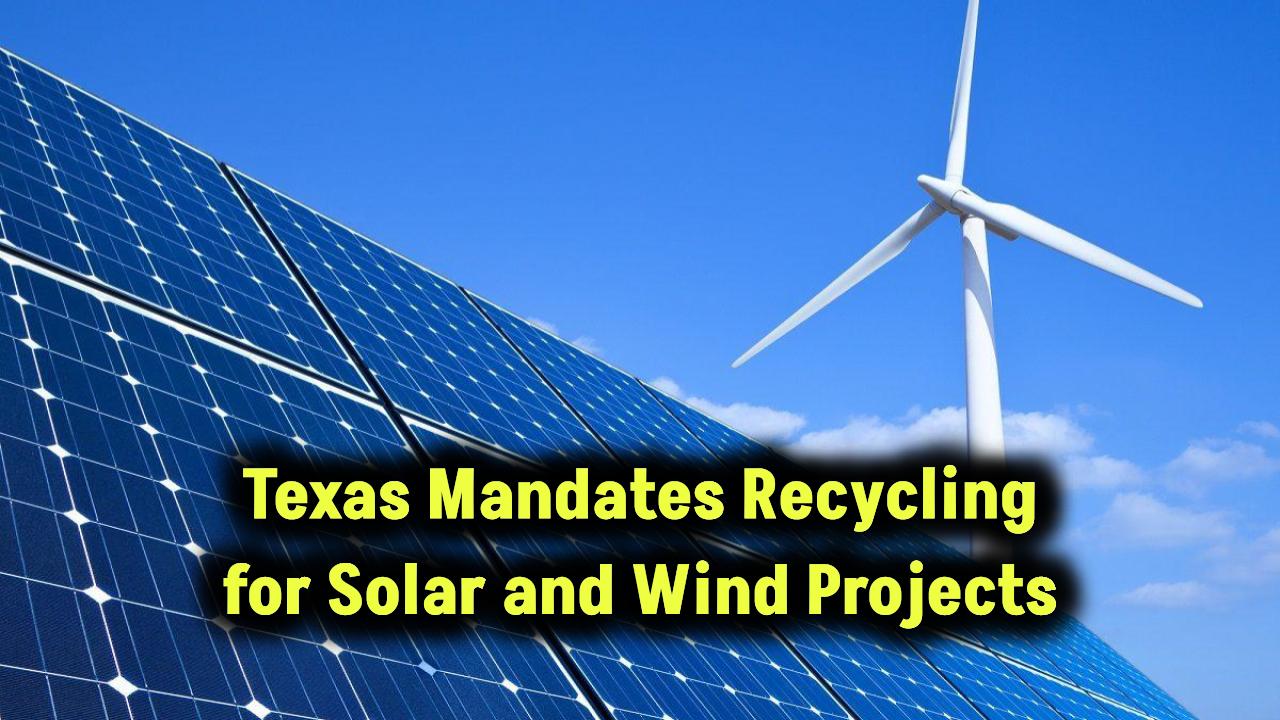
When it comes to investing in clean energy, two names stand out on the U.S. stock market: First Solar and Enphase Energy. Both are leaders in the renewable energy space, yet they approach the industry with vastly different business models. If you’re wondering whether to invest in First Solar or Enphase Energy in 2025, this article will break it all down in plain English.
Whether you’re new to investing or already managing a diverse portfolio, choosing between these two clean energy giants requires looking at the financials, business strategies, future outlook, and risk factors. Let’s dive in.
Understanding the Players
First Solar
First Solar Inc. (NASDAQ: FSLR), based in Tempe, Arizona, is known for its cadmium telluride (CdTe) thin-film solar panels. Instead of targeting residential rooftops, they focus on massive solar farms and government projects, which gives them strong long-term contracts and regulatory backing.
In 2024, First Solar invested over $2 billion in new manufacturing plants in Alabama and Louisiana, aiming to expand domestic production to 14 GW by 2026. This focus aligns well with U.S. energy independence goals and incentives from the Inflation Reduction Act (source).
Enphase Energy
Enphase Energy (NASDAQ: ENPH), headquartered in Fremont, California, is a tech-focused solar company. Instead of making solar panels, they specialize in microinverters—tiny devices attached to each panel that convert sunlight into electricity more efficiently than traditional systems. They also offer energy storage systems and EV chargers, appealing to the growing smart home and renewable energy trend.
As of 2024, Enphase had over 2.5 million systems installed worldwide and had shipped more than 48 million microinverters.
Financials & Market Performance
First Solar’s Financial Strength
- Revenue (2024): $4.4 billion
- Net Income: $1.3 billion
- Gross Margin: ~41%
- Recent Growth: Stock rose over 40% in early 2024 before stabilizing in mid-2025 due to market corrections.
First Solar benefits from long-term power purchase agreements (PPAs) and large utility contracts, creating predictable income even during market fluctuations.
Enphase’s Tech-Driven Growth
- Revenue (2024): $2.3 billion
- Net Income: $400 million
- Gross Margin: ~47%
- Stock Performance: Struggled in 2023 but showed a 26% revenue increase in Q4 2024, signaling potential rebound.
Enphase’s high gross margins are fueled by its premium tech offerings, though its exposure to the residential market makes it more sensitive to economic downturns and interest rate changes.
Which One Has More Room to Run?
First Solar: Built for the Long Haul
Thanks to U.S. government support and increased global demand for renewable energy, First Solar is positioned for sustainable growth. With tariff protections and federal subsidies boosting local manufacturers, its future looks promising—especially in an era where supply chains are being reshaped for resilience.
Enphase: High-Tech Potential in a Smart World
Enphase stands out with its cutting-edge tech and smart energy solutions. With the global residential solar market expanding, especially in Europe, India, and Latin America, Enphase’s international footprint could be a major driver of future revenue.
Their expansion into EV charging and home automation could also open up entirely new revenue streams beyond solar.
Risk Factors
First Solar Risks
- High capital expenditure: Building factories is expensive and time-consuming.
- Policy risk: Changes in tax credits or tariffs could hurt profitability.
- Concentrated business: Mainly focused on utility-scale solar in the U.S.
Enphase Risks
- Consumer-driven market: Sensitive to interest rates, inflation, and housing activity.
- Global exposure: Currency fluctuations and overseas regulations can impact earnings.
- Higher valuation metrics: Could be risky if growth slows down.
Which Stock Is Better for You?
Choose First Solar If:
- You prefer stable, long-term contracts with utility clients.
- You believe in American manufacturing and want to support U.S.-based supply chains.
- You’re a value investor looking for strong fundamentals and government-backed growth.
Choose Enphase If:
- You’re a growth investor seeking exposure to cutting-edge solar tech.
- You’re excited about the smart home revolution and how energy fits into it.
- You’re comfortable with a little more volatility for bigger upside.
What Analysts Are Saying
Most analysts rate First Solar as a “Strong Buy”, especially after recent infrastructure investments and favorable U.S. policy momentum. For example, Morgan Stanley and Goldman Sachs have both raised FSLR’s target price above $200 in 2025.
Enphase, on the other hand, receives a more mixed “Buy/Hold” rating, largely because of its uneven stock performance in 2023. However, long-term believers in residential solar and global energy decentralization still see ENPH as a must-have tech growth stock.
Scientists Created This Tiny Solar Molecule—It Might Replace Your Power Company
US tariffs, Europe slowdown reshape global solar panels trade
5 Genius Solar Hacks That Could Slash Your Electricity Bill Forever
(FAQs)
Q1: Is First Solar a good long-term investment?
Yes. First Solar has a strong backlog of utility-scale projects, U.S. government support, and expansion plans that point toward reliable long-term growth.
Q2: Why is Enphase Energy stock so volatile?
Enphase’s stock often reacts to interest rates, tech sector swings, and residential housing data. Being a tech-heavy stock, it has a higher beta than traditional energy firms.
Q3: Can I invest in both First Solar and Enphase?
Absolutely. Many investors diversify by owning both—balancing stability (First Solar) with tech-driven upside (Enphase).
Q4: Which company benefits more from U.S. federal energy policy?
First Solar is the bigger beneficiary due to domestic manufacturing credits and tariff protections. Enphase benefits more globally but less from U.S.-only policies.
Q5: Do either of these companies pay dividends?
No, both companies currently reinvest profits into growth and expansion. They are considered growth stocks, not income stocks.








